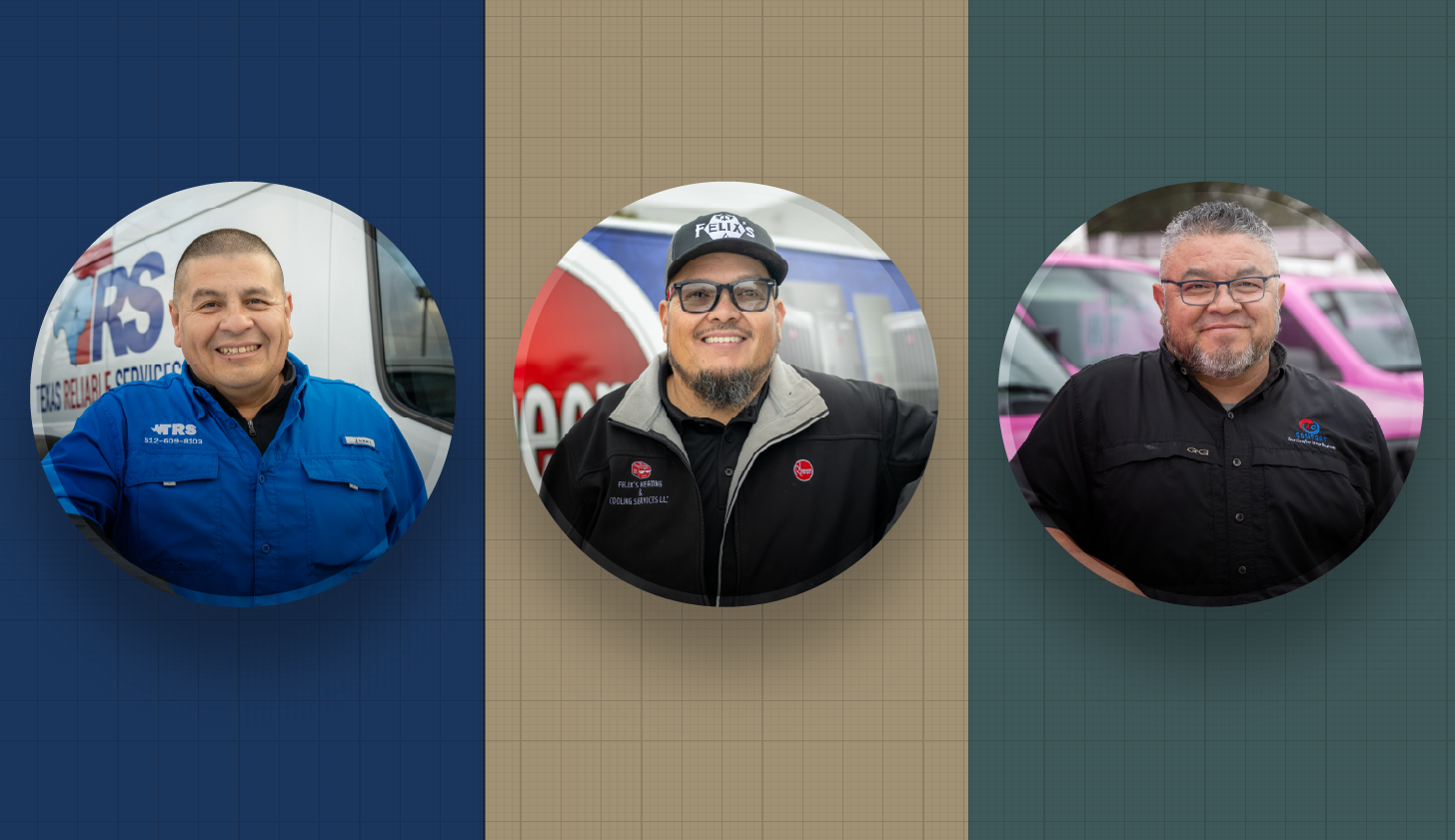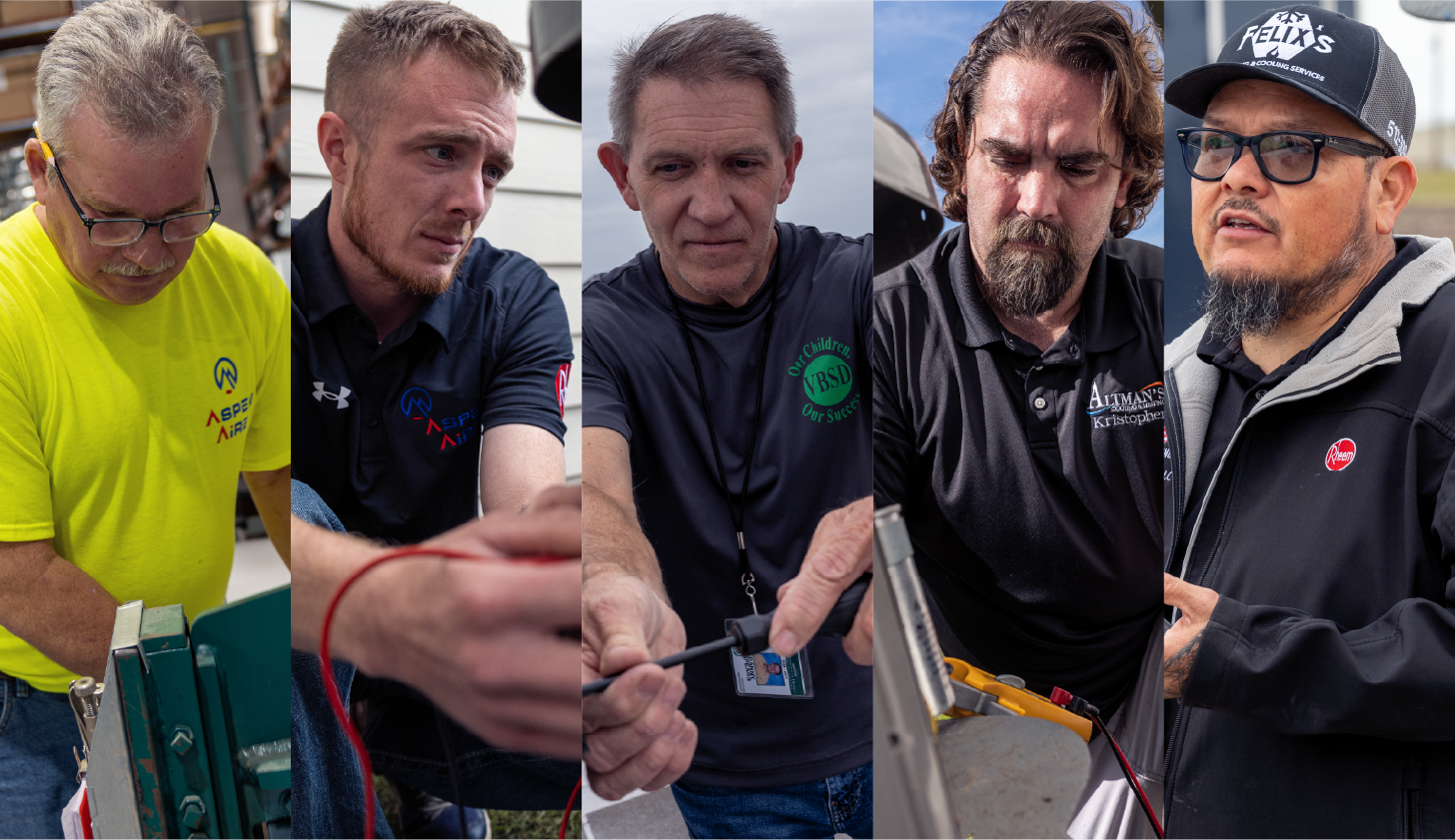Never Run Out of Hot Water with Rheem Tankless Water Heaters
January 12, 2021
If your family uses a lot of hot water throughout the day and you’re always running out of it, it can certainly be frustrating. It slows you down when you have to put things off until the hot water comes back. So, if you want to do laundry, wash dishes, fill the tub for a child’s bath and still have enough hot water to take a hot shower, a Rheem® tankless gas water heater may be the solution for you.


 If your family uses a lot of hot water throughout the day and you’re always running out of it, it can certainly be frustrating. It slows you down when you have to put things off until the hot water comes back. So, if you want to do laundry, wash dishes, fill the tub for a child’s bath and still have enough hot water to take a hot shower, a Rheem® tankless gas water heater may be the solution for you.
If your family uses a lot of hot water throughout the day and you’re always running out of it, it can certainly be frustrating. It slows you down when you have to put things off until the hot water comes back. So, if you want to do laundry, wash dishes, fill the tub for a child’s bath and still have enough hot water to take a hot shower, a Rheem® tankless gas water heater may be the solution for you.
How a Tankless Gas Water Heater Provides Continuous Hot Water
Rheem tankless gas water heaters solve the problem of not having enough hot water for many homeowners. They use a high-powered burner to heat incoming water to your desired temperature in just the time it takes to flow through the water heater. The output of a tankless water heater is based on flow rate which is how much hot water the unit can produce per minute.
We have a wide range of tankless water heaters with flow rates up to 11 gallons per minute (GPM). That is enough hot water for three showers, AND washing dishes, AND filling the washing machine – all without running out of hot water.
It’s important to mention that the flow rate is impacted by the temperature of your incoming water. If you’re in a cold area, the water will flow slower through the tankless water heater to reach the temperature it is set to.
Check the ground temperature of your water and check the specification sheet for our tankless gas unit to see what the flow rate may be. Plumbers will help you select the right tankless for you based on your household’s needs, the size of your home (number of bathrooms and water fixtures) and your usage patterns.
Non-Condensing vs. Condensing
Non-condensing tankless gas water heaters are over 80% efficient and condensing models are closer to 93% efficient. They are both more efficient than standard atmospheric gas tank-type water heaters which are about 58-62% efficient. These percentages are based on UEF ratings for the products. Condensing units are more efficient but they can cost more up front since they have more components.
Venting for non-condensing units must be able to withstand high exhaust temperatures since they have a single heat exchanger. They require concentric venting which can withstand these higher temperatures, but may be higher in install material cost.
Condensing units have a second heat exchanger which removes some heat from the exhaust and uses it to heat the water. That is how the water reaches the desired temperature faster and more efficiently. This creates steam which becomes condensation as it cools down – and that’s how it get its name. Since the exhaust leaving the unit is not as hot as the non-condensing unit, venting for condensing units can use less expensive pipes such as PVC, cPVC or Polypropylene.
Non-condensing and condensing units both can last for 20 years or more and we offer 12-year warranty on the heat exchanger, a five-year warranty on parts and a one-year warranty on labor.
Tankless Gas Water Heaters Save Energy and Money
Since tankless gas water heaters only create hot water when you need it, they save energy and money. Our ENERGY STAR® certified models are a great choice if you want to be eco-friendly. They save up to $1,100 over 12 years and may qualify for federal tax credits or local rebates.
A Tankless Is a Space Saver
If you have a tight closet or small space available, a tankless gas water heater that installs on the wall may be the only type that fits. There are even outdoor models you can check out. Find out more about install flexibility.
Follow us on social to stay up to date on all of our useful blog content.
Facebook @RheemWater
Instagram @RheemWater
X @Rheem_Water
Plumbers’ Exchange Facebook Group for Plumbers @Plumbers.Exchange







